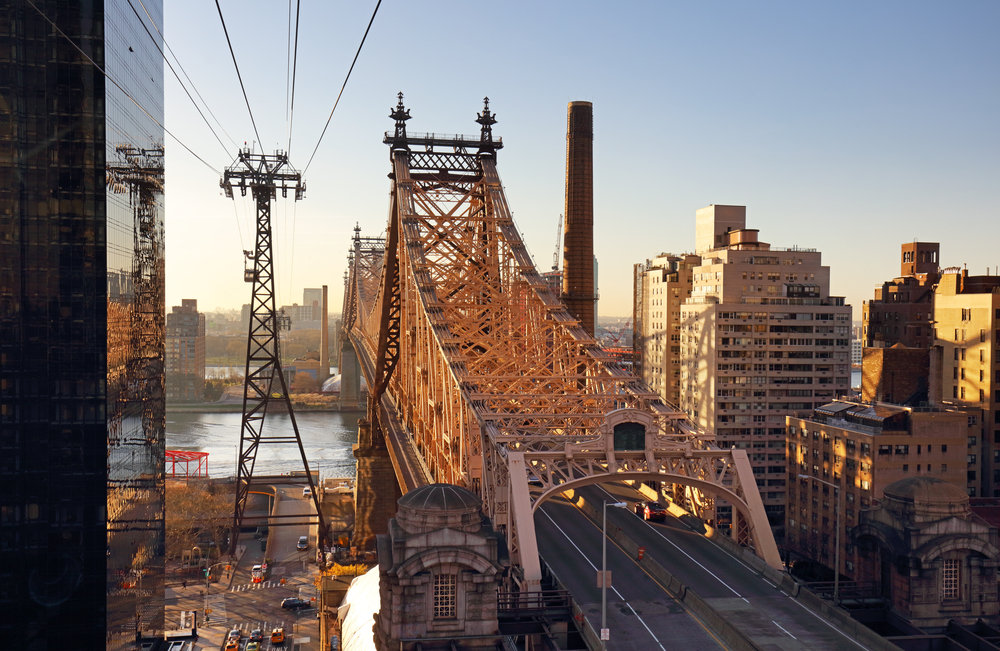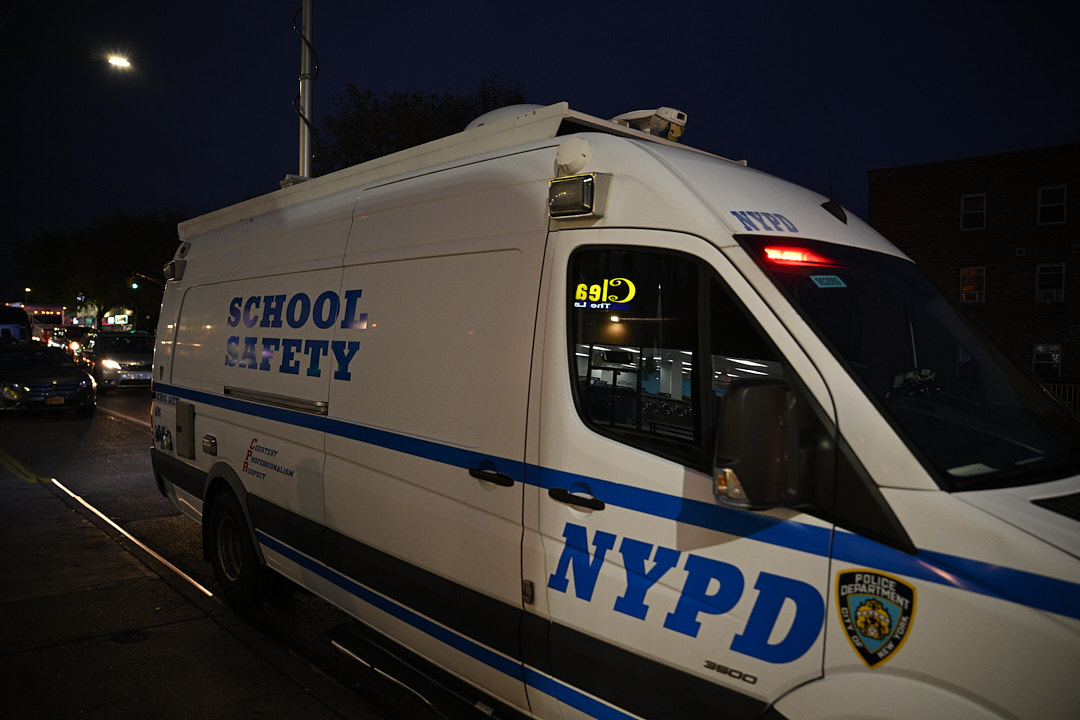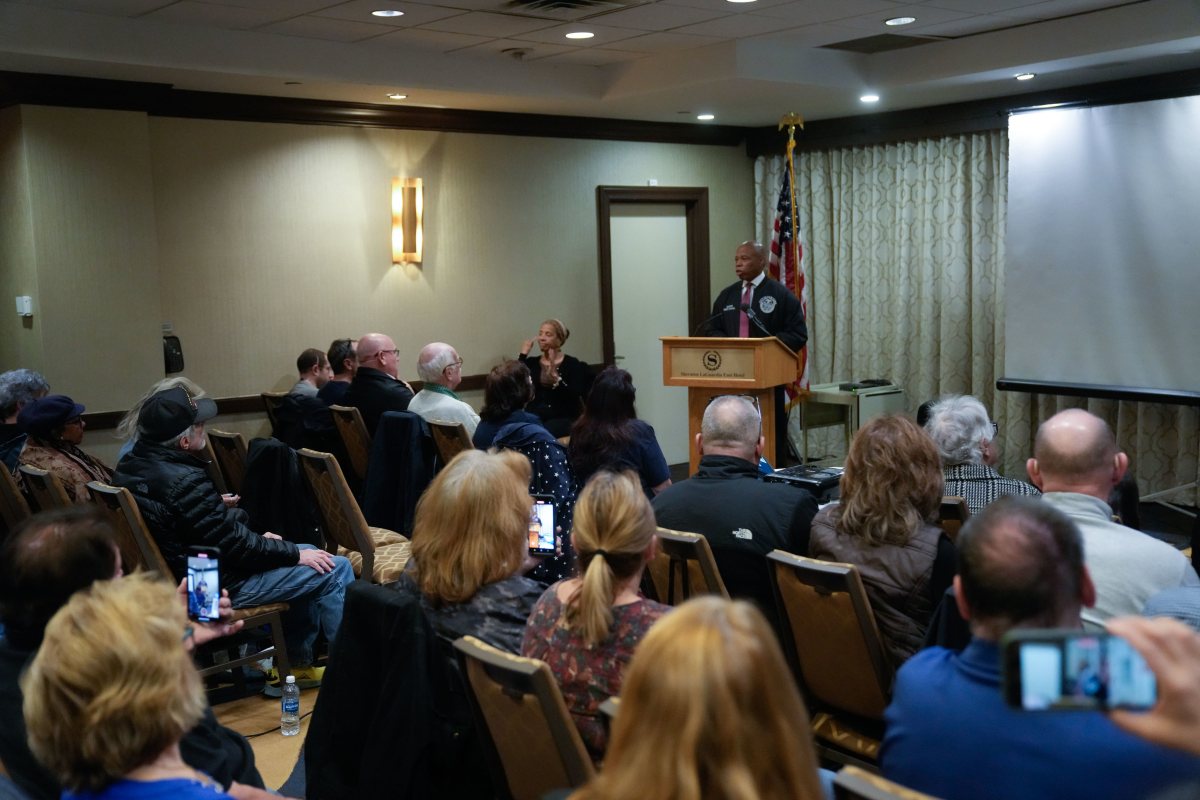By Bonnie Rosenstock
On Thurs., Nov. 20, with a morning chill in the air but warm wishes and congratulations all around, Andrew Berman, executive director of the Greenwich Village Society for Historic Preservation, accepted a check for $13,000 from Jay A. DiLorenzo, president of the Preservation League of New York State, for research and a historic preservation plan for the East Village.
The grant-giving ceremony was held in front of St. Mark’s Church, around the corner from the society’s E. 11th St. offices. The occasion was especially sweet coming on the heels of the previous day’s announcement that the City Council had approved the East Village/Lower East Side rezoning plan, which will address some of the most serious problems of inappropriate overdevelopment in the community by capping heights for new construction.
Upon accepting the grant, Berman remarked that the money was a perfect complement to this welcome news.
“We believe the rezoning of the East Village will be very helpful in discouraging changes in the neighborhood and hopefully lead to some landmark protection, as well,” he stated.
“The grant will make it possible for the architecture to be preserved as well as the immigrant and cultural history of this vibrant neighborhood,” he added.
The funds will allow G.V.S.H.P. to complete its three-year-long process of researching and documenting the history of every building in the East Village — from 14th St. to Houston St. and Bowery/Fourth Ave. to Avenue D — for the purpose of taking an in-depth look at the neighborhood for the designation of historic districts and individual landmarks. The painstaking work, which includes combing through city records, is being done with the aid of a team of volunteers and interns. In addition, the society has hired Andrew Dolkart, an architectural historian, to work with them and the community in using that information to formulate a report and proposals for landmark protection for the district.
The award comes courtesy of Preserve New York, a grant program of the Preservation League of New York State and the New York State Council on the Arts. The league’s mission, since its founding in 1974, is to be a New York State advocate for historic preservation, as DiLorenzo put it, “to build types of neighborhoods and communities that New Yorkers want to live in and invest in.”
In presenting the money to Berman, DiLorenzo stressed that the competition for the grant was “very fierce this year,” but that the league liked this project very much.
“It shows the strength of G.V.S.H.P., a premier organization,” he said, “and its volunteers, who are very effective in what they do and ably led by Andrew Berman.”
Berman noted that his organization had received this grant before and successfully used this model to produce reports that documented the history of and promoted landmark designations for both the Meatpacking District and the South Village.
Also on hand were neighborhood well-wishers; G.V.S.H.P. trustees and preservationists; Felicia Mayro, from the Neighborhood Preservation Center and St. Mark’s Landmark Fund; and Simeon Bankoff, executive director of the Historic Districts Council.
“This project is good, sound planning, what the city should be doing but isn’t,” Bankoff said. “This area should be preserved so that it doesn’t lose its architectural streetscape,” he said, pointing west to what he described as the “atrocity in glass” on Astor Place.
State Senator Thomas Duane, arriving late in a flurry of pigeon flight overhead, congratulated G.V.S.H.P. for this project and for its groundbreaking work in the Meat Market, which was designated a historic district, and the South Village, which still awaits designation.
“I’m a great supporter, and I am pleased it was recognized,” Duane said of the society.
Unlike other neighborhoods, such as Greenwich Village and Soho, the East Village is woefully lacking in city-designated landmarks, and is, in fact, considered “under-landmarked” by preservationists.
The East Village report will be completed in the next couple of months and made available to the public though G.V.S.H.P.’s Web site.
“The East Village is a community, and we don’t do anything in the neighborhood without involving the community,” Berman said.




































